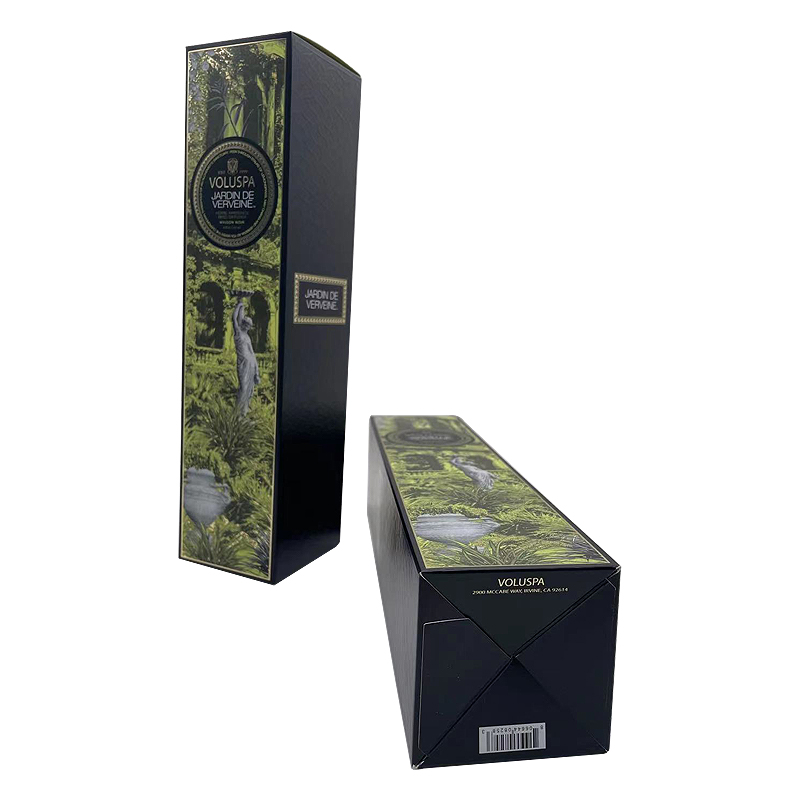Paper boxes are widely used for packaging various products, but their environmental impact is a concern due to the generation of waste and depletion of natural resources. This paper reviews the design and optimization of paper boxes for sustainable packaging, focusing on the use of structural analysis software, sustainable materials, and life cycle assessment. The paper also examines the influence of paper box design on consumer perception and product sales.

Introduction
Packaging is an essential component of the supply chain, providing protection, information, and branding for products. However, packaging also generates a significant amount of waste, contributing to environmental problems such as litter, greenhouse gas emissions, and depletion of natural resources. Therefore, designing and optimizing packaging for sustainability is a critical issue for reducing its environmental impact. This paper focuses on the design and optimization of paper boxes, one of the most commonly used types of packaging, for sustainable packaging.
Design and Optimization Strategies
Designing and optimizing paper boxes for sustainability requires consideration of several factors, including strength, durability, functionality, appearance, and environmental impact. One strategy for achieving these goals is to use structural analysis software, which can simulate the performance of the paper box under various loads and stresses. This approach can identify weak spots, optimize the placement of folds and creases, and improve the overall strength and durability of the paper box. Structural analysis software can also help reduce material usage, minimize waste, and enhance the functionality of the paper box.
Another strategy is to use sustainable materials, such as recycled paper, bamboo, or sugarcane bagasse, which are renewable, biodegradable, and have a lower environmental impact than traditional paper boxes made from virgin wood pulp. Using sustainable materials can also appeal to environmentally conscious consumers who are willing to pay a premium for eco-friendly products. Sustainable materials can be used in combination with structural analysis software to optimize the design and performance of the paper box while reducing its environmental impact.
Optimizing the manufacturing process can also enhance the sustainability of paper boxes. For example, using automated equipment can reduce labor costs, increase production efficiency, and minimize errors. Using water-based inks and coatings can also reduce the emission of volatile organic compounds (VOCs) and improve the recyclability of the paper box. Optimizing the manufacturing process can help reduce the environmental impact of paper boxes while maintaining their functionality and appearance.
Life Cycle Assessment
To evaluate the sustainability of paper boxes, life cycle assessment (LCA) is a useful tool. LCA considers the environmental impact of a product from the extraction of raw materials to the disposal of waste. LCA can assess the impact of different design and manufacturing choices, such as material choice, transportation, energy consumption, and waste management. LCA can also identify opportunities for improving the sustainability of paper boxes and guide decision-making throughout the supply chain.
Structural Analysis Software
Structural analysis software can simulate the performance of paper boxes under various loads and stresses. This approach can identify weak spots and optimize the placement of folds and creases, improving the strength and durability of the paper box. Structural analysis software can also reduce material usage, minimize waste, and enhance the functionality of the paper box. By optimizing the design of the paper box, the structural analysis software can ensure that the paper box meets the functional and aesthetic requirements while minimizing its environmental impact.
Sustainable Materials
Sustainable materials can reduce the environmental impact of paper boxes. For example, using recycled paper can reduce the demand for virgin wood pulp, conserve natural resources, and minimize waste. Using bamboo or sugarcane bagasse, which are renewable and biodegradable, can further enhance the sustainability of paper boxes. Using sustainable materials can also appeal to environmentally conscious consumers who are willing to pay a premium for eco-friendly products, enhancing the marketability of the product.
Consumer Perception and Sales
The design of paper boxes can also influence consumer perception and product sales. Consumers often perceive eco-friendly packaging as a positive attribute, indicating that the product is environmentally responsible and socially conscious. Therefore, using sustainable materials and design strategies can enhance consumer perception of the product and increase sales. However, the design must also meet the functional and aesthetic requirements of the product and align with the brand identity. The use of structural analysis software can ensure that the design is functional and durable, while sustainable materials can enhance the eco-friendly image of the product.
Conclusion
The design and optimization of paper boxes for sustainable packaging requires consideration of several factors, including strength, durability, functionality, appearance, and environmental impact. The use of structural analysis software can optimize the design and performance of the paper box while reducing material usage and waste. Sustainable materials can reduce the environmental impact of paper boxes and appeal to environmentally conscious consumers. Life cycle assessment can evaluate the sustainability of paper boxes and identify opportunities for improvement. Finally, the design of paper boxes can influence consumer perception and product sales, making sustainable packaging a competitive advantage in the market. By adopting these strategies, the paper box industry can achieve the dual goals of sustainability and profitability.


